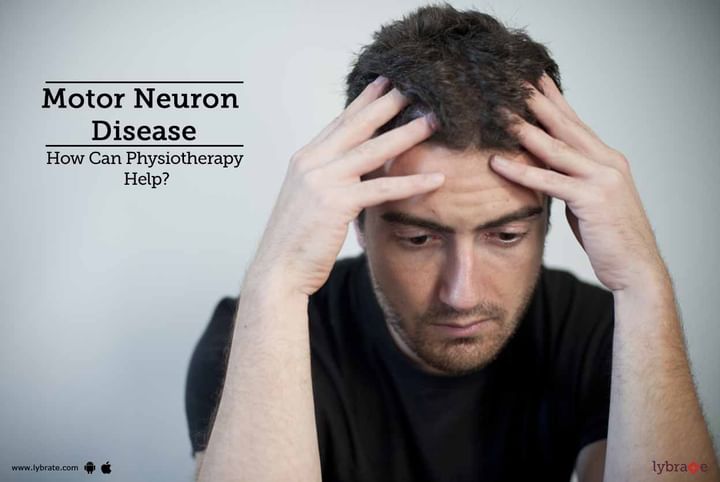Motor Neuron Disease - How Can Physiotherapy Help?
Motor neuron disease is a neurodegenerative disorder that affects motor neurons in the brain, spinal cord and cells that control voluntary muscles. In motor neuron disease the working of muscles, therefore, stops which leads to muscle weakness and decreased function. When a movement of part of the body is restricted the joints become stiff, painful and can cause muscle tightness which hampers day-to-day activities. When the particular muscle is weakened which is under control of motor neuron, daily exercise keeps weakened muscle strong. As such there is no cure for motor neuron disease physiotherapy helps to maintain the quality of life by keeping you mobile. Strengthening healthy muscles which are not yet affected helps to compensate for the muscles that are weakened. Daily exercise improves muscle elasticity thus improving range of movement for joints and preventing muscle tightness.
How can physiotherapy help?
-
Physiotherapy helps to reduce stiffness, pain, muscle spasms and increase mobility.
-
Breathing exercises reduce the chance of chest infections and help with chest clearance.
-
Exercise helps to ease movement of limbs and body enable us to perform daily activities. Exercise helps to maintain muscle strength, maintains range of motion, and keeps muscle flexibility thereby reducing spasm. It increases the energy levels.
-
Physiotherapist gives advice on positioning and posture.
-
Advising on various modes of compensation for loss of movement and conserving energy.
-
Providing walking aids which will help to keep you mobile and as safely as possible.
-
Teaching how to pace up your exercise and to stop when you start experiencing pain.
-
Advise being given for pain relief.
-
Physiotherapy helps in maintaining posture and positioning by keeping a straight back and neck in standing and sitting. Collars, splints and a specialized chair is beneficial to maintain posture.
What exercises should be performed?
-
Breathing exercises help in breathing easily thus helps clearing the chest.
-
Performing range of motion exercises to maintain mobility in your joints. First one joint is exercised in a systematic manner then the other joint is exercised. The aim of performing a range of motions is that it prevents stiffening of joints.
-
Massage and other hands-on technique are performed to increase circulation thereby reducing pain to aid relaxation, assisting muscle tone and thus reducing stiffness. It relieves tension from muscle cramps.
The exercises are categorized in 3 categories
-
Active exercises to be performed where the patient is able to make his muscles perform without anyone’s help.
-
Active - assisted exercise is performed where you are unable to move your muscles and someone accompanying assists with the movement.
-
Passive exercises to be carried out wherein you are not able to move your joint & the helper guides joints by supporting and moving your limb.
Do not perform exercise vigorously which will cause you pain. If you experience pain contact your physiotherapist. In case you have a concern or query you can always consult an expert & get answers to your questions!



+1.svg)
